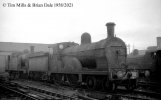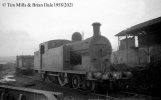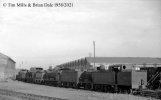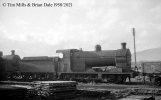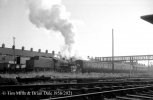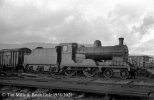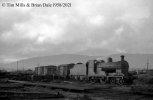Thank you Adam, Martin and Dave for your comments about Bushey Yard (now a builder's yard). There's a certain sense of deja vu here as I'm pretty sure Mickoo has also commented on the yard at Bushey but I can't locate the relevant post..... or maybe I'm just imagining it. Anyway, details now added to the info re the 45197 shot.
Once again we move to something completely different. I'll need your help with these as they are photographs from one of Tim's sojourns in Ireland and will eventually be gifted to the RPSI which will respect Tim's wish. These are potentially of especial interest as they are among the earliest of Tim's photos, around 1958, so we should forgive some of the more basic technical errors. I'm none too sure of classes and locations so anyone with an interest and knowledge of Irish railways please comment and correct. I will, however, use Tim's original descriptions as they probably offer us a good starting point. One or two of these photos are really good, although quite a number are significantly under exposed but will be included because of their historical interest.
This exposure shows evidence of fogging but has interest particularly in view of the coach to the right of the shot. Qs class 4-4-0 No 135, Cyclops leaving on a Dublin train at Great Victoria Street, Belfast in August 1958.. It was transferred to the UTA in 1958 and withdrawn in 1963. It was built in 1899 by Neilson Reid and rebuilt from a Q to a Qs (ie superheated) in 1922.
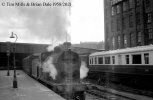
Two views of T2 Class 4-4-2 No 30 leaving on Great Victoria Street Station on a local train to Lisburn in August 1958 - Tim refers to the second shot as marshalling empty stock.
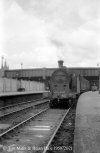
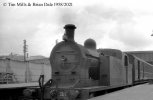
Class V 4-4-0 Compound No 86, Peregrine, renumbered by the UTA as 86X stored at Adelaide, Belfast, MPD in August 1958. Built 1932 by Beyer Peacock, superheated in 1948 and withdrawn in 1961.
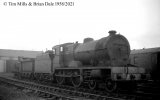
Brian

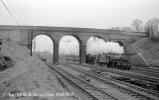
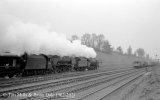
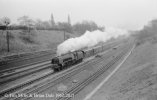
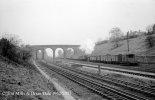

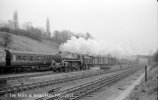
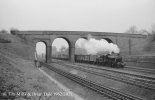
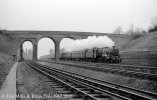
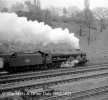
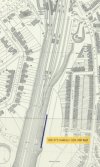




 I've now edited to attach the correct photo. The incorrect photo with a corrected caption will appear in the next post.
I've now edited to attach the correct photo. The incorrect photo with a corrected caption will appear in the next post.